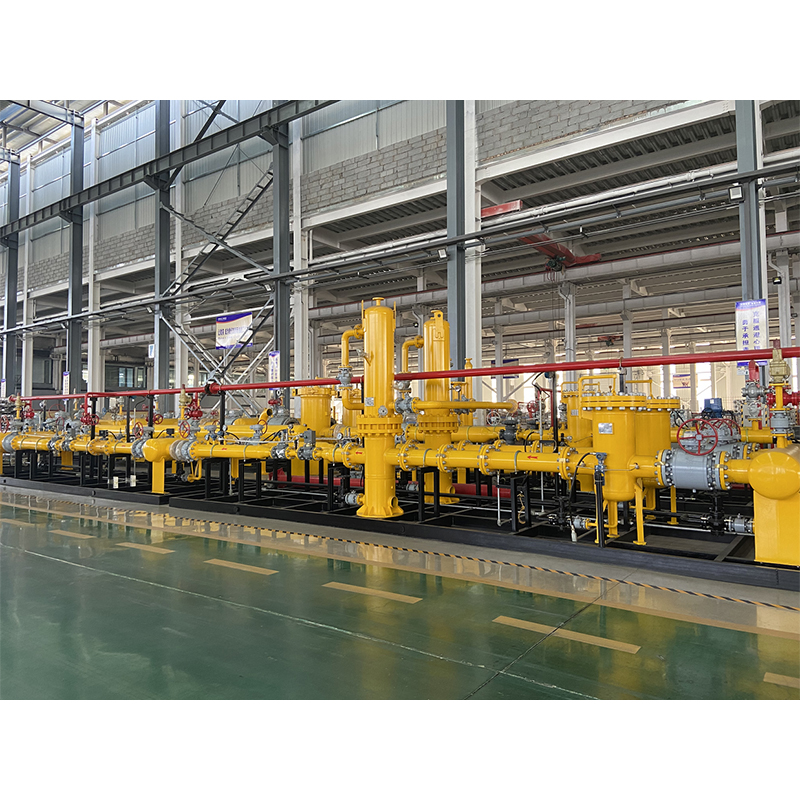
7 月 . 26, 2024 05:38
Back to list
Understanding Gas Pressure Regulator Functionality and Applications in Various Industries
Understanding Gas Pressure Regulator Valves
Gas pressure regulator valves play a critical role in the safe and efficient distribution of gas across various applications, whether it be in residential, commercial, or industrial settings. These devices are designed to control the pressure of gases by ensuring they remain within designated limits, thereby protecting equipment and ensuring optimal performance.
What is a Gas Pressure Regulator?
A gas pressure regulator is a mechanical device that automatically controls the pressure of gas within a system. It works by reducing a high inlet pressure to a lower, more manageable outlet pressure. This regulation is essential for preventing damage to sensitive equipment and ensuring safe operation in processes that utilize gas.
How Does a Gas Pressure Regulator Work?
The operation of a gas pressure regulator hinges on a simple yet effective principle. When gas enters the regulator, it is subject to a specific inlet pressure. The regulator uses a diaphragm or a piston that moves in response to changes in pressure. As the pressure in the outlet side rises towards the set point, the diaphragm moves, which adjusts a valve that diminishes the flow of gas entering from the supply side. This feedback mechanism ensures that the outlet pressure is maintained at a steady level.
Types of Gas Pressure Regulators
Gas pressure regulators can be categorized based on various factors, including their design, application, and specific features
.
2. Two-Stage Regulators These are employed when there is a need for more precision. They reduce pressure in two stages, providing stable outlet pressure even if there are variations in inlet pressure.
صمام منظم ضغط الغاز

3. Differential Pressure Regulators These devices maintain a constant pressure difference between two points, making them ideal for applications where flow rate must remain consistent.
4. Back-Pressure Regulators Used in systems to maintain upstream pressure, these regulators are crucial for preventing overpressure conditions in processing equipment.
Applications of Gas Pressure Regulators
Gas pressure regulators find applications in various sectors
- Residential Use In homes, these regulators are vital for gas appliances, ensuring safe operation of stoves, heaters, and water heaters. - Industrial Applications Industries that utilize gases for heating, chemical processing, or manufacturing rely heavily on regulators to maintain safe and effective operations. - Medical Applications In healthcare, regulators control the flow of gases such as oxygen, ensuring patients receive the right dosage safely.
Importance of Regular Maintenance
To ensure optimal performance of gas pressure regulators, regular maintenance is essential. This includes checking for leaks, ensuring that the diaphragm is functioning correctly, and confirming that set pressures are being maintained accurately. Neglecting maintenance can lead to dangerous situations, including gas leaks or unsafe fluctuations in pressure.
Conclusion
Gas pressure regulator valves are indispensable components across a range of applications, providing safety and efficiency in gas management. Understanding their operation, types, and importance can help users make informed decisions regarding their installation and maintenance. With proper care, these regulators can ensure a reliable flow of gas, enhancing the safety and performance of various systems.
Latest news
-
Unlocking The Quality Gas Pressure ReducersNewsNov.01,2024
-
The Role of Gas Pressure Reducing StationsNewsNov.01,2024
-
The Importance and Functionality of Safety Relief ValvesNewsNov.01,2024
-
The Essential Role of Safety Valves in Natural Gas ApplicationsNewsNov.01,2024
-
The Essential Role of Gas Pressure RegulatorsNewsNov.01,2024
-
Enhance Your Premium Gas FiltersNewsNov.01,2024

